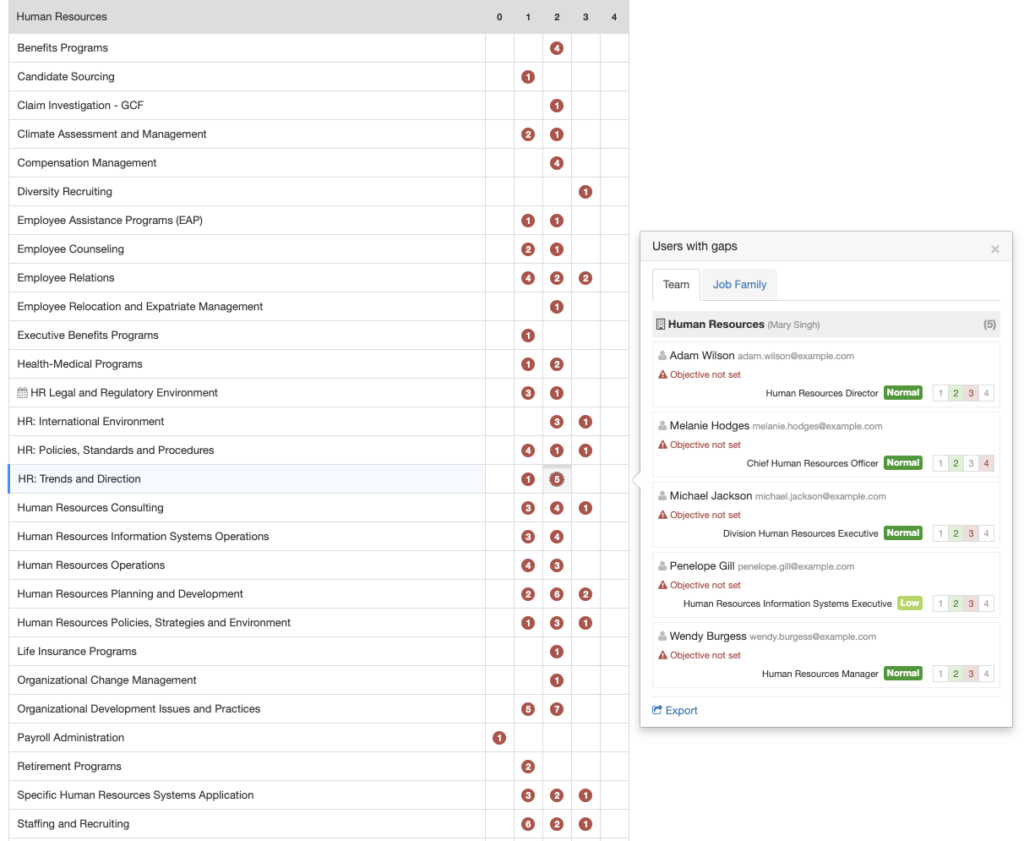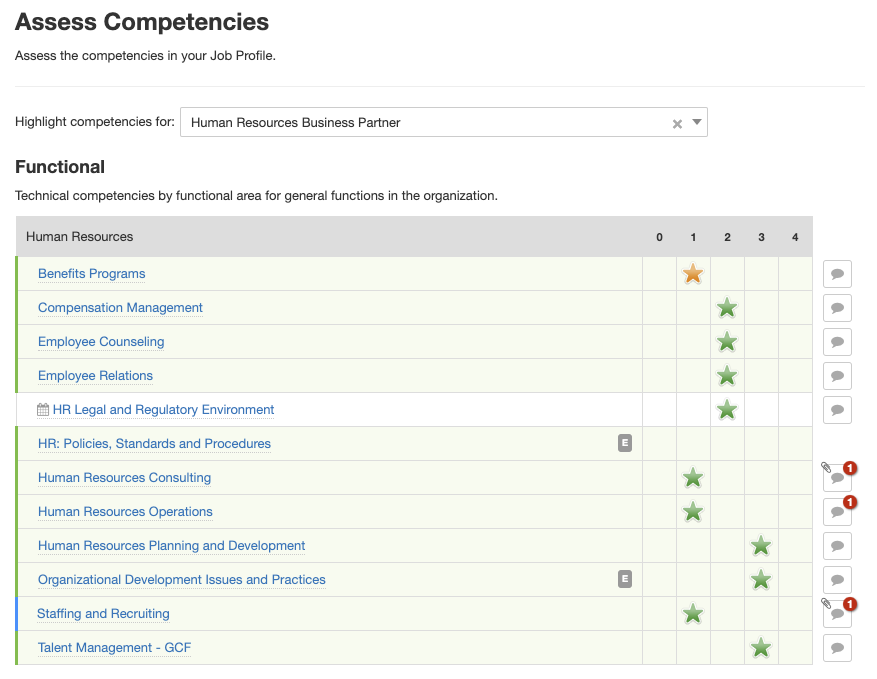Using Skills Insights to Align Learning with Strategic Goals
Steven Lowenthal
Introduction
Understanding the gap between the skill levels an organization needs to execute its current and future strategy and the skill levels of existing employees is a powerful tool for focusing an organization’s Learning and Development (L&D) investment. According to the LinkedIn Workplace Learning Report 2024 “aligning learning to business goal” is L&D’s top focus area for the second year in a row. It changes the dynamic from investing based on the perceptions of stakeholders and employees to enabling data-driven decisions that result in investing in the most critical skills needed for organizational and individual success.
Moreover, this approach provides clear business justification for the organization’s L&D budget by directly aligning training investments with the organization’s most critical skill gaps.
The same LinkedIn report states that according to “the LinkedIn Executive Confidence Index, in the next 6 months, 9 out of 10 global executives plan to either increase or keep steady their investment in L&D, including upskilling and reskilling.” With data-driven insights, the Chief Learning Officer (CLO) can build a compelling business case to present to the C-suite and other key executives, ensuring that L&D initiatives are effective and tightly aligned with the company’s strategic objectives.
In this blog, we explore how to develop organizational and individual learning plans, measure the impact of L&D investments, and foster a learning culture – all while avoiding the common pitfalls of investing in the wrong training.
Avoiding the Costs of Ineffective Training
Many organizations fall into the trap of spending money on the wrong training – programs that don’t deliver value because they are misaligned with the company’s strategic needs or employees’ specific roles. Ineffective training is detrimental to an organization’s bottom line, time and money are wasted on attendance, there is a failure to close critical skill gaps and employees quickly become disengaged.
By aligning training programs with both organizational goals and individual employee needs, organizations can avoid these pitfalls. A well-defined skills framework, supported by regular assessments, ensures that training initiatives are focused on areas that will provide the greatest impact. This not only helps maximize the ROI of training but also provides full business justification for the L&D budget by demonstrating clear alignment between training initiatives and the organization’s key skill gaps.
Develop an Organizational Learning Plan
Building an organizational skills framework that includes current and future skill requirements and conducting a comprehensive skills assessment, provides leadership with a top-down view of where critical skills gaps exist. This insight allows for a more focused approach to L&D investment, ensuring resources are directed towards closing the most impactful skills gaps that threaten the organization’s fulfilment of its business strategy.
In the example report below (Figure 1), the count in each circle represents the number of employees who have assessed below the required level for that skill in their role. The data can be further drilled down to show employee- specific data, including their role, proficiency level, and the priority assigned to the skill. By leveraging these insights, organizations can make smarter, data-driven decisions about where to allocate L&D budgets and provide concrete evidence of the value that training programs bring to the business.

Figure 1: Skill gap analysis enables identification of targeted areas for development.
The concept of capability academies ties into this approach. A capability academy helps employees develop new skills on a compressed timeline, with a focus on practical, real-world applications. It requires strong leadership support and participation, which is why having skills data to demonstrate a critical gap in capabilities can secure “C-level” backing.
By identifying the most pressing skill gaps that align with strategic priorities, this data empowers CLOs to justify the resources needed to develop these academies, presenting a clear business case for why the organization should invest time and budget into such initiatives.
Build Individual and Team Development Plans
While capability academies aim to address organizational-wide capability gaps, individual development plans (IDPs) are equally critical for driving performance at the role level and preparing employees for future roles. Just as skills data can inform large-scale initiatives, it also plays a key role in personalizing development at the individual level.
In the sample report (Figure 2), you can see how skills assessments help identify an employee’s proficiency level in the skills required for their role. These assessments provide valuable insights into individual strengths and weaknesses, enabling the creation of personalized development plans that are directly aligned with the employee’s current and future needs.

Figure 2: Assessing skills and competencies helps to identify areas for development
By ensuring that learning programs are tailored to each employee’s specific skill gaps and career goals, organizations maximize the relevance and impact of their training efforts. This not only boosts employee engagement but also offers a clear ROI on L&D investments, as training is focused on areas where it will deliver tangible improvements.
In addition, by consolidating individual development needs for all the members of their team, managers gain a comprehensive view of the team’s areas for growth. This enables managers to combine individual and team development effectively, ensuring that they are aligned to achieve business objectives.
Read more in part two of this article series to learn how you can measure the impact of your L&D budget.
You may also like

There is a skills gap problem in the developed economies…

The business value of adopting a skills-based talent strategy and…

What is trending in workplace L&D this year? Are your…